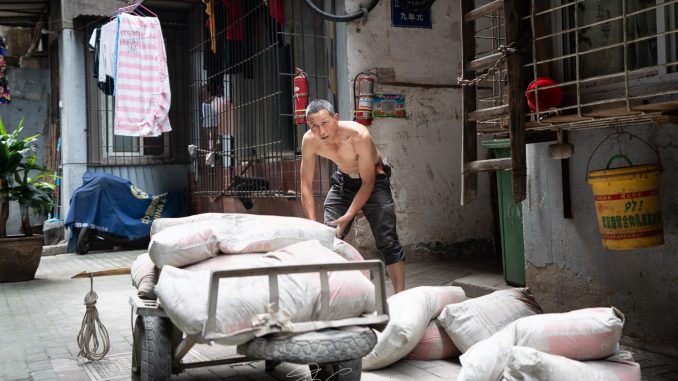
A Sony A7RIII Field Review
by Francesco Carucci – Website is HERE
I’ve been a Alpha mount shooter for more than 10 years, starting from a glorious Sony A200. I walked the path of the Alpha shooter all the way to the Sony A99II, which sports a beautiful 42MP sensor. I love big cameras with the reflex form factor and I’m not sold on the mirrorless wave just yet.
Last summer, though, I rented the new Sony A7R Mark 3 to bring with me to China for two weeks, invited by the Chinese government to shoot the city of Wuhan for the 40th anniversary of the Economic Reforms. I coupled the camera with the Sony FE Zoom 16-35 f/2.8 GM, the Sony FE Zoom 24-70mm f/2.8 GM and the 100-400mm f/4.5-5.6 GM OSS.
As used as I am to the A99II form factor, my first impression of the A7R Mark 3 was less than stellar: small camera with less and more cramped buttons made it harder for me operate it in a hurry. I understand, on the other hand, that the small form factor is the point of mirrorless cameras and the lower weight of the camera is a very desirable property for many people.
Once put aside the time it took me to get used to the new form factor, I took the camera out for a spin during a rainy day in the city, surrounded by the pack of Chinese journalists that was following me everywhere for the entire length of the assignment. The Chinese government runs a tight ship over there.
When I went back to the hotel to look at the files I captured, my concerns about the form factor were swept away: oh boy that sensor can sing! With 42MP of poetry and dynamic range, my files were cleaner than anything I had ever witnessed before, except, maybe, for the Sony A9, and the 100-400mm GM is a very sharp big fella. What blew me totally away more than anything else on the A7 III was the dynamic range, which Sony claims to be 15 stops. Insanity. Dynamic range is the range between the lightest thing and the darkest thing within a photo where both are still visible and discernible. RAW files are captured in 14-bit by the A7R III, up from 12-bit, which provides improved color depth and smoother gradients, very noticeable in the sky when pushed in postprocessing. It’s completed by the Sony’s 5 Axis in body image stabilization (Steady Shot) that claim more than 5 stops of stabilization. There’s no Anti-Aliasing filter in front of the sensor.
In Wuhan #6, an image of the beautifully modern Wuhan station, you can appreciate the insane dynamic range of this sensor, capable to effortlessly capture the bright reflections at the top of the arch and still retain plenty of noiseless details in the shadows under the arch. Coupled with the sharpness of the 100-400mm GM, this combination is a very attractive proposition for architecture photographers looking for the ultimate details in a small package to carry around easily.
I’m not going to talk much about the menus in the A7III: if you are used to Sony menus, you will be fine and feel at home. If you are not used to it, I’m sorry, they are not the best on the market, although the menu system has been improving substantially in the last iterations.
I especially enjoy being able to tether the camera via wifi to the iPhone on the field (works with Android as well), to shoot remotely while looking at the composition on the bigger screen of the phone. The image is streamed to the phone straight from the sensor via WI-FI. It’s not a flawless implementation, but it works reasonably well and it is usable in the field.
For Wuhan #7, an image of the Hubei Opera House, I switched to the 16-35GM at 35mm to get a more dynamic perspective. The 16-35mm delivered on it high reputation: sharpness border to border and not a hint of chromatic aberration. Again the sensor was flawlessly capturing all the dynamic range in the scene and, when looking closely at the image, you can spot details inside the building with impressive clarity.
Wuhan #1 marks the turn of the 24-70GM to shine. And it shined. I would say, without a doubt, it’s the E-mount lens that has impressed me the most so far (and I shot the 70-200GM!). It has a character hard to describe with words other than “joyfully sublime”. I expected the sharpness, I didn’t expect that “look” that defines a lens and stands it apart from other lenses. The 24-70 “looks” different, it renders colors with its own specific style that is very recognizable when compared to other lenses, even in the E-mount line up. It’s a significant improvement over the already pretty good Zeiss 24-70 in Alpha mount. It’s the lens that is making my bank account tremble with fear and my heart exploding with Gear Acquisition Syndrome, an ailment I thought I was cured of for good.
A month ago, during another trip to Asia, I had the chance again to shoot with the A7R3 and the 100-400 in Kyoto. If 42mpx are not enough, why not stitching more frames together and really take it to the next level? I subscribe to the school of thoughts: go big or go home, so this time I went big.
For this image at the Higashiyama temple in Kyoto this fall, I stitched together three 42mpx frames taken at 100mm: the fall colors were rendered gorgeously by the sensor, again not a hint of noise to be seen, and the result is a huge 100mpx panorama of colorful joy and details. It begs to be printed 72″ wide to appreciate all the fine details in the colorful vegetation. Simply put: it’s amazing.
Conclusions
The last iteration of the flagship Sony mirrorless camera is a great tool in the hands of landscape and architecture photographers, in the hands of most photographers even. The addition of dual slots makes it viable for professional use. The electronic viewfinder is as good at they come and, unless you have specific needs, it’s no worse than any optical view finder, while opening up possibilities that ten years ago were unimaginable.
I can’t say much of battery life, one of the shortcomings of the predecessor: I could get easily to the end of a shooting day without any worry. My shooting style certainly helps, since I’m not a shotgun photographer, but I prefer to carefully prepare shots beforehand and I take relatively few frames in a day. If you are more liberal in your shooting style, your mileage may vary.
Will I buy one? No. The advantages over my A99II and my current lens lineup are marginal, yet measurable, but the form factor is again not my favorite: the financial rationale to switch for me is not there yet for me.
Will I switch to mirrorless one day? A resounding yes! The lenses are exceptional, it seems Sony hits a home run with every GM lens. If Sony releases an E-mount with the fabled 60MP+ sensors, I will line up for one. My crying bank account be damned.

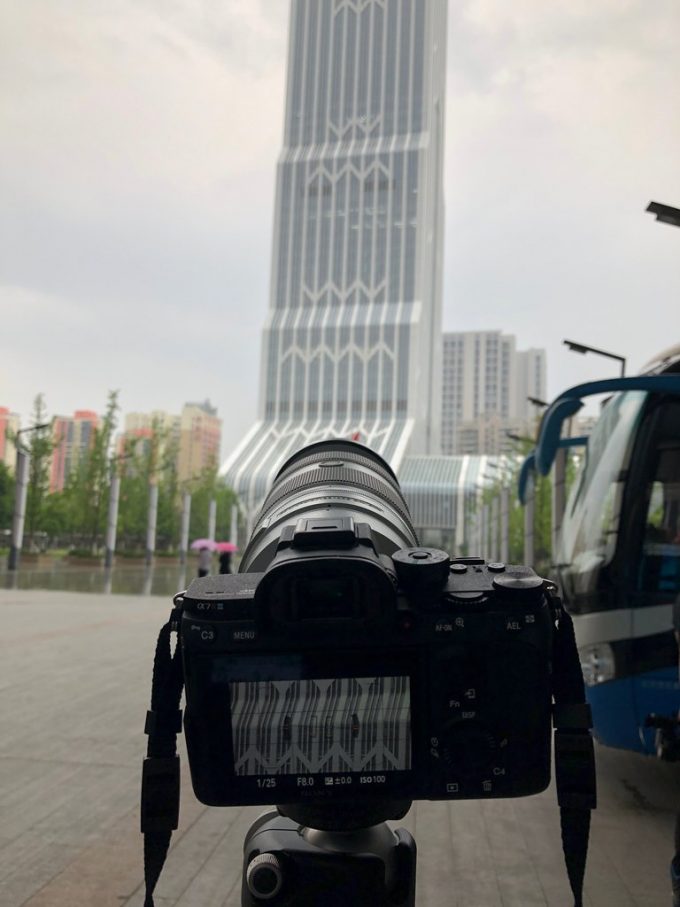
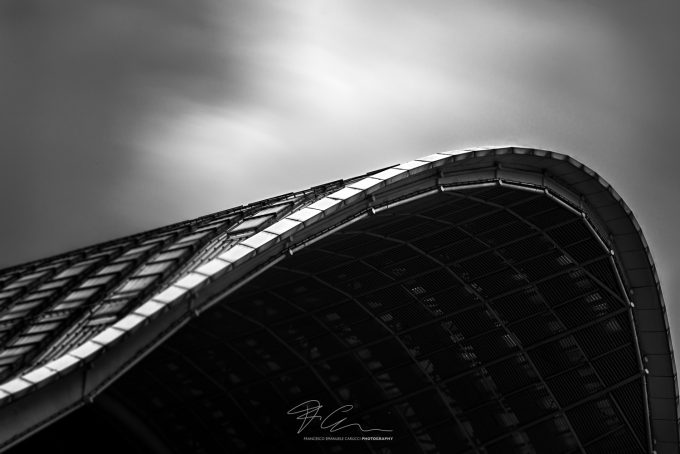
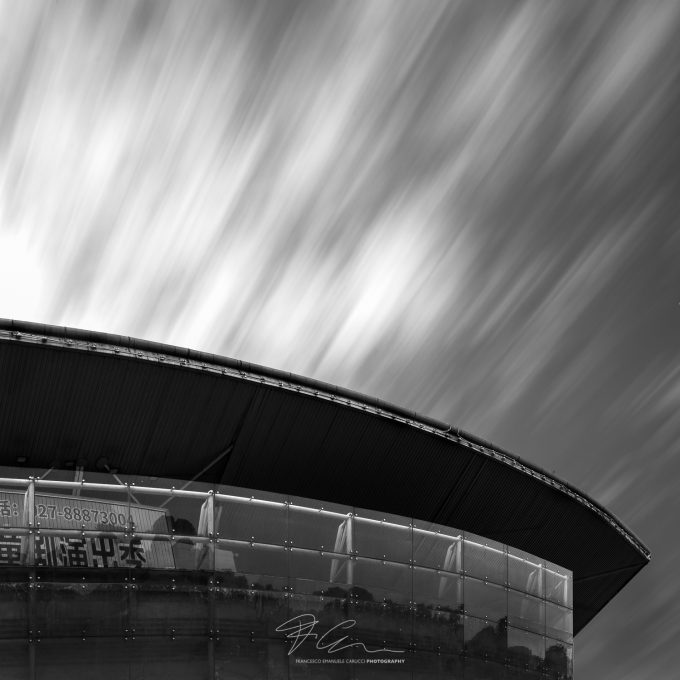
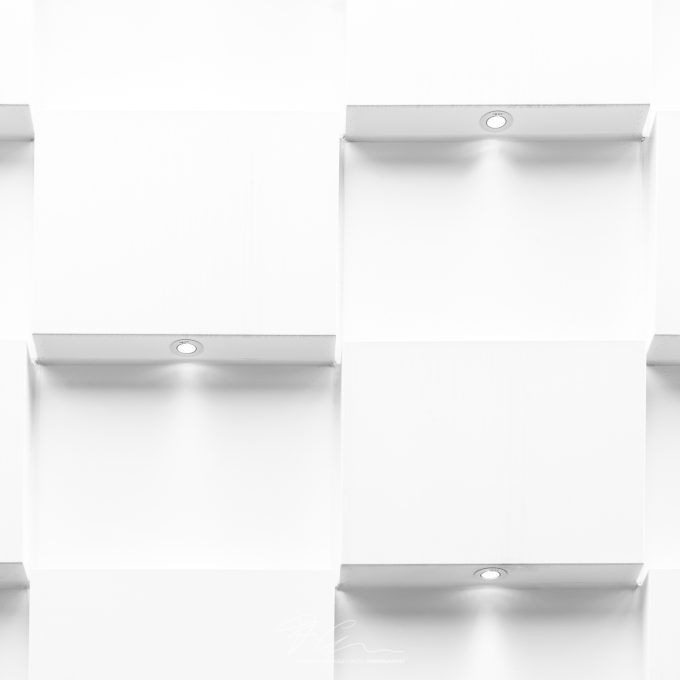
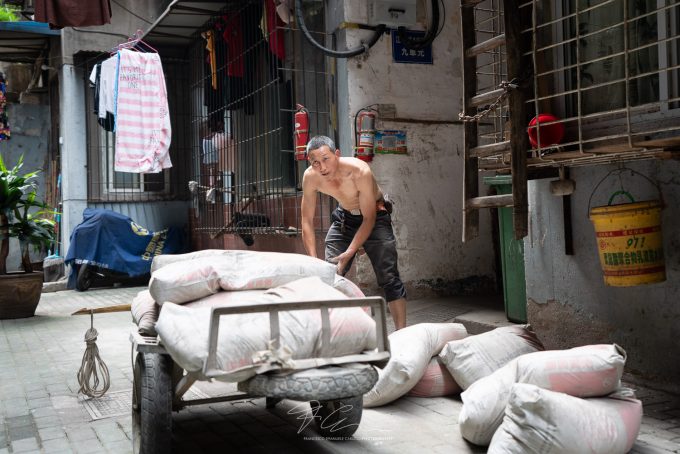
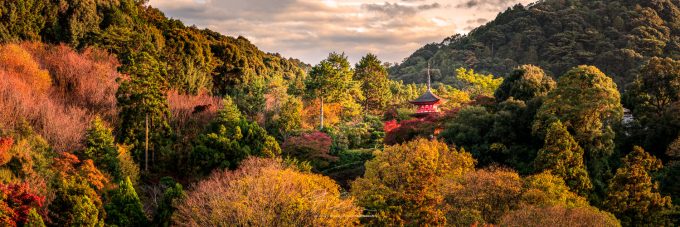

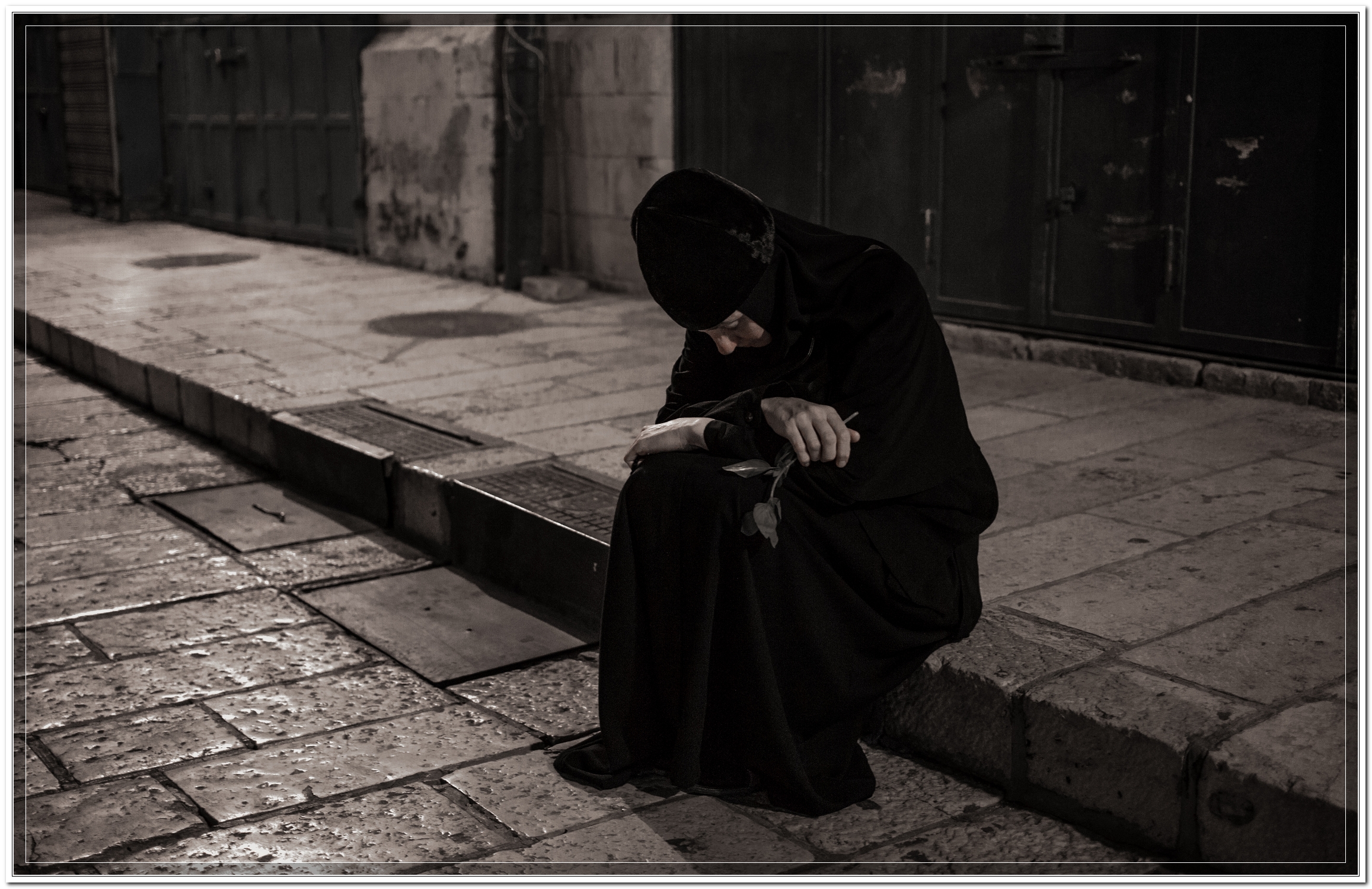
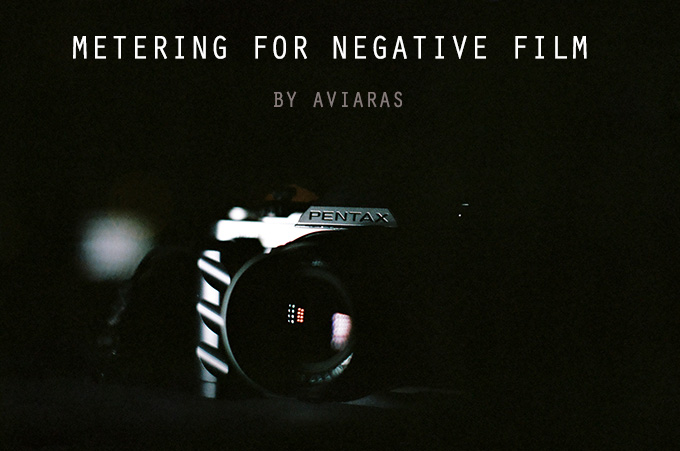

Given the kind of photography I was doing in China (mostly long exposures), I didn’t have the chance to try pixel-shifting. I definitely have to give it a go next time I use the A7R3. Thanks for reminding me!
The A9 is what I call an unfair camera. It’s unfair that it can lock focus so fast and shoot in the dark.
I have used the pixel-shifting function for landscapes. It effectively doubles the resolution, for the equivalent of nearly 170 MP results. It can create some odd and intrusive artifacts if something moves, at least with Sony software. Third-party software, SonyPixelShifttoDNG is rather forgiving, and can find and batch process pixel-shift sets in an entire directory. The A7Riii is a fun camera to use, and nearly fool-proof. Like the A9, it is there when you need it, and doesn’t get in the way.
That sensor was a-ma-zing. Shooting concerts with no light at 200 ISO, though, was quite a challenge.
Ah yes. I loved my Sony a200. Very nice 10mp sensor. It was all kinds of fairy dust at ISO 100. Wish I still had it.
Thanks! Appreciated.
I just started offering it framed on my store: https://carucci.photography/products/higashiyama-open-edition
Well written and this article suggests a well balanced, sensible and rational approach to these new Sony mirrorless cameras.
Love that panorama shot.